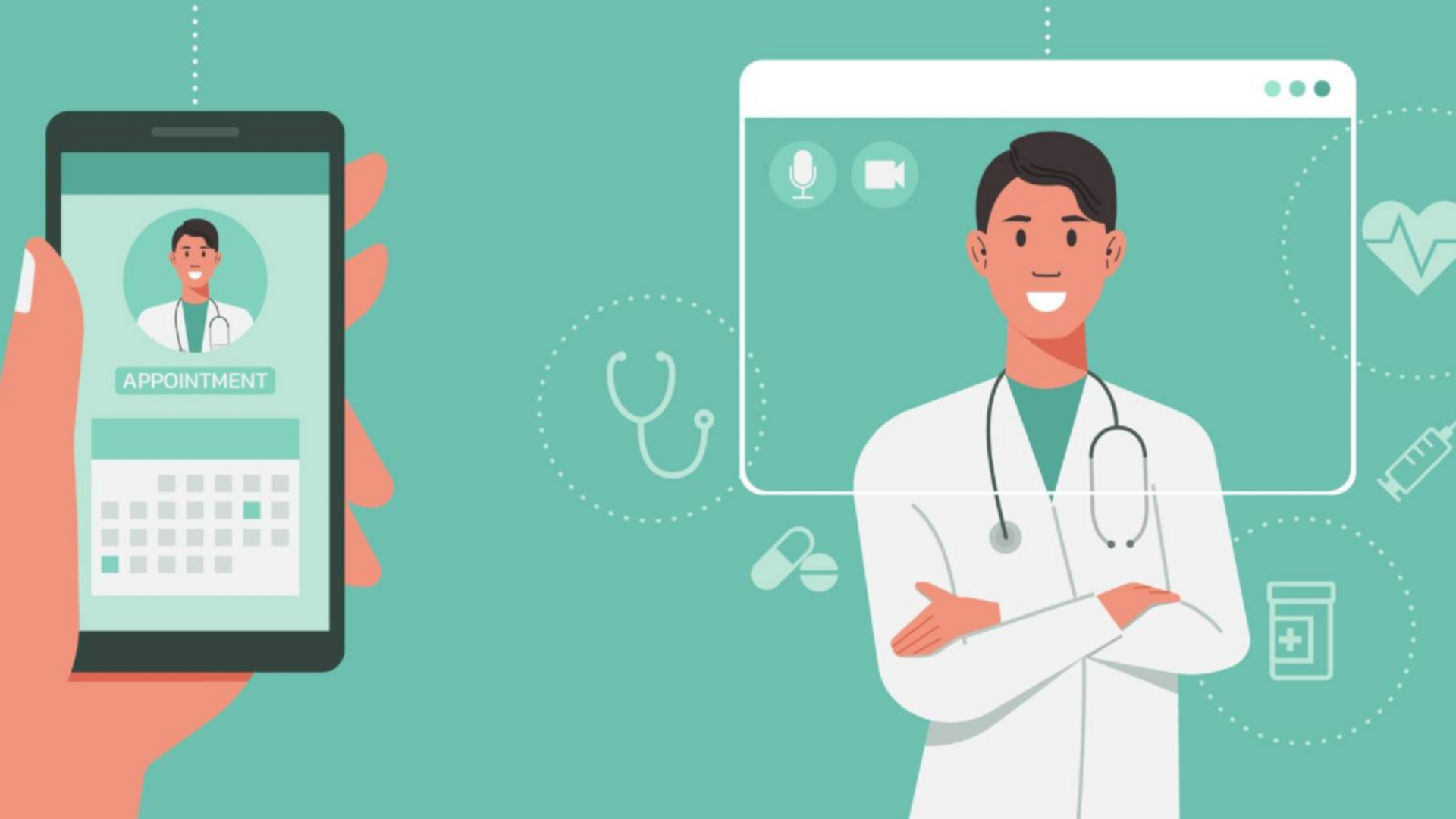Drug development tools (DDTs) is a broad term used for any method, material, or measure that support drug development. A common example of a DDT is biomarkers, which are are used in clinical trials as indicators of normal biological and/or pathological process, or as indicators of the biological response to the treatment investigated.
In order to optimize drug development, it is essential that DDTs are widely available within the pharmaceutical industry. Therefore, the U.S. FDA established DDT Qualification Programs with the following objectives:
- To accelerate the development of drugs and the subsequent regulatory review process by making DDTs publicly available.
- Encouraging the continuous development of novel DDTs to fill unmet needs.
- Encouraging innovation in drug development.
In late 2020, the U.S. FDA launched “Innovative Science and Technology Approaches for New Drugs” (ISTAND); a pilot program to encourage the development of DDTs that will be significantly valuable to the drug development process, but do not have existing regulatory pathways within the DDT Qualification Programs.
As the pharmaceutical industry strives to optimize every part of the development process and support patient care while minimizing costs through digital and technological innovation, it is crucial that pharmaceutical companies understand all regulatory pathways available that offer support and collaboration in their endeavours.
What Do ISTAND Submissions Look Like?
Prior to the ISTAND program, pharmaceutical companies that used non-traditional methods of drug development had to endure a complex regulatory process: with each submission, they had to provide extensive evaluation studies to the U.S. FDA in order to get their product approved.
The ISTAND program has made the use of non-traditional methods easier.
To fit within ISTAND’s scope, DDTs must meet certain submission criteria. A few broad examples of DDT submissions that may be considered for the program include:
- Tools that enable remote or decentralized trials: For example, patient-performed digital photography in dermatology trials.
- Tools that advance our understanding of drugs: For example, microphysiological systems such as 3D tissue chips to assess the safety or efficacy of a drug.
- Tools that use digital health technologies: For example, using artificial intelligence (AI)-based approaches to evaluate patients, develop novel endpoints, or inform study design.
As of writing this article, the ISTAND program is still in the pilot phase. This means that as of opening submissions in 2022, the U.S. FDA will accept only 2-4 applications per year, and the selection process focuses on two key factors:
- What impact will the DDT have on public health?
- How feasibly can the DDT be implemented?

The ISTAND Submission Process
The ISTAND program’s DDT qualification process involves three steps: the submission of a Letter of Intent (LOI) to the U.S. FDA, the development of a Qualification Plan, and a Full Qualification Package.
The LOI must outline what the submission is, its context of use, and its applicability to the ISTAND Pilot Program. Full details regarding the content of the LOI can be found in the U.S. FDA’s guidance document. When the U.S. FDA receives a complete LOI, ISTAND program staff will conduct a comprehensive review to decide if the submission can be accepted and subjected to clinical review. Acceptance is based on the quality of the submission, the need it addresses, and its feasibility.
If a LOI is accepted, the U.S. FDA will work with the applicant to develop a Qualification Plan (QP) and, ultimately, a Full Qualification Package (FQP). However, qualification may not be the best path forward for all DDTs. In such cases, the ISTAND program will assist the applicant in finding the best course of action.
Though there is particular interest in how the ISTAND program can help facilitate the use of AI-based and digital health technology-based methods in drug development, to date, only one submission that falls into those criteria has been formally accepted.
The AI-Generated Clinical Outcome Assessment (AI-COA™)
On the 23rd of January, 2024, the U.S. FDA announced the acceptance of the first AI-based and digital health technology-based project into ISTAND. Developed by Deliberate AI—a digital health technology company founded in 2020 that aims to revolutionize psychiatric care—AI-COA™ is an assessment tool for anxiety and depression that uses multimodal behavioural signal processing and machine learning to quantitatively capture mental health symptoms and assess the severity of anxiety and depression cases. To do this, it captures multiple patient data points including:
- Facial expressions
- Speech behavior
- Physical movements
- Pupil changes
- Vital signs
As traditional mental health assessments tend to be highly subjective, AI-COA™ has the potential to revolutionize how they are conducted during clinical trials of novel treatments for depression and anxiety, with potential extrapolation to other neurological conditions.
The acceptance of AI-COA™ into the ISTAND program indicates that it has scientific merit, addresses a specific drug development need, and can be implemented feasibly and practically within the proposed context of use. Moving forward, the U.S. FDA will be working with Deliberate AI to provide feedback on the next step of the qualification process: developing a Qualification Plan.
The ISTAND Pilot Program is an important step forward in facilitating technological innovation and out-of-the-box thinking in the development of novel treatments for a myriad of disease states. It is an exciting prospect to see what new tools will be accepted into the program going forward, and in the future, how they will impact the drug development process.
Written by: Salma Tuffaha | Read more: Stages of drug development









